41 Nursing Statistics & Demographics: How Many Are There?
Find out how many nurses are in the U.S, demographics, average age of a nurse, and more.

Nursing is a field full of opportunities, job growth, and high salaries. We've compiled dozens of statistics that show surprising facts about the demographics of nurses, average job satisfaction, average salaries, shortage of nurses, and much more. Keep reading to find many surprising stats!
Key Nursing Statistics
- There are over 3,041,281 nurses currently employed in the United States.
- Over 325,000 nurse practitioners (NPs) are licensed in the United States.
- The nurse population is comprised of 14% men and 86% women.
- 44 years old is the average age of a registered nurse.
- 69.6% of all nurses in the United States are white.
- Black or African American nurses make up 11.4% of the total number of nurses, with Hispanics representing 8.8% and Asians at 7.9%.
Important Nurse Statistics & Facts
- The most in-demand job in middle America is a registered nurse.
- Out of the registered nurse population, 8% of them identify as LGBT.
- Massachusetts ranks are the best state for nurses to live and work in.
- Private companies are 66% more likely to have nurses working in them than public companies.
- The biggest healthcare profession in the US is nursing, with around 4.2 being registered throughout the country. Of those that are licensed, 84.1% work in the nursing industry.
- The US government forecasts that over 200,000 registered nurse jobs will be needed every year from 2021 to 2031, showing a high demand for skilled nurses in every state.
- The biggest partition in the healthcare employee sector is registered nurses, with 80% representing the provider's patients and long-term care at hospitals.
- Registered nurses are expected to grow by 6% every year beginning 2021 to 2031.
- The majority of registered nurses begin the practice with a Bachelor's degree that's provided at a four-year institution, though some earn an associate's at a community college. In 2020, 65.2% of nurses got a Bachelor's degree or higher.
- Many employers seek out nurses that are a Bachelor's degree, with 41% of jobs seeking out those that have completed a four-year degree or equivalent, and 77% prioritizing career hopefuls with a bachelor's.
- 14.9% of America's registered nurses had a Master's degree in 2020, with 2.2% holding a Doctorate. The demand for registered nurses with a master's higher is very strong.
- The average registered nurse works 37 hours a week, on average.
- An estimated 194,500 new job openings are expected for registered nurse positions in the United States between 2020 and 2030. This is a 9% rate of growth, ending with 276,800 new nursing positions coming up in the years ahead.
- In a 2021 survey of nurses, 81% of them claimed to be satisfied with their work. Although the COVID-19 pandemic caused lots of burnout 66% still planned to stick to the profession and keep their job. In 2019, the rate was 2% fewer than wanted to stay.
How Many Nurses Are In The U.S?
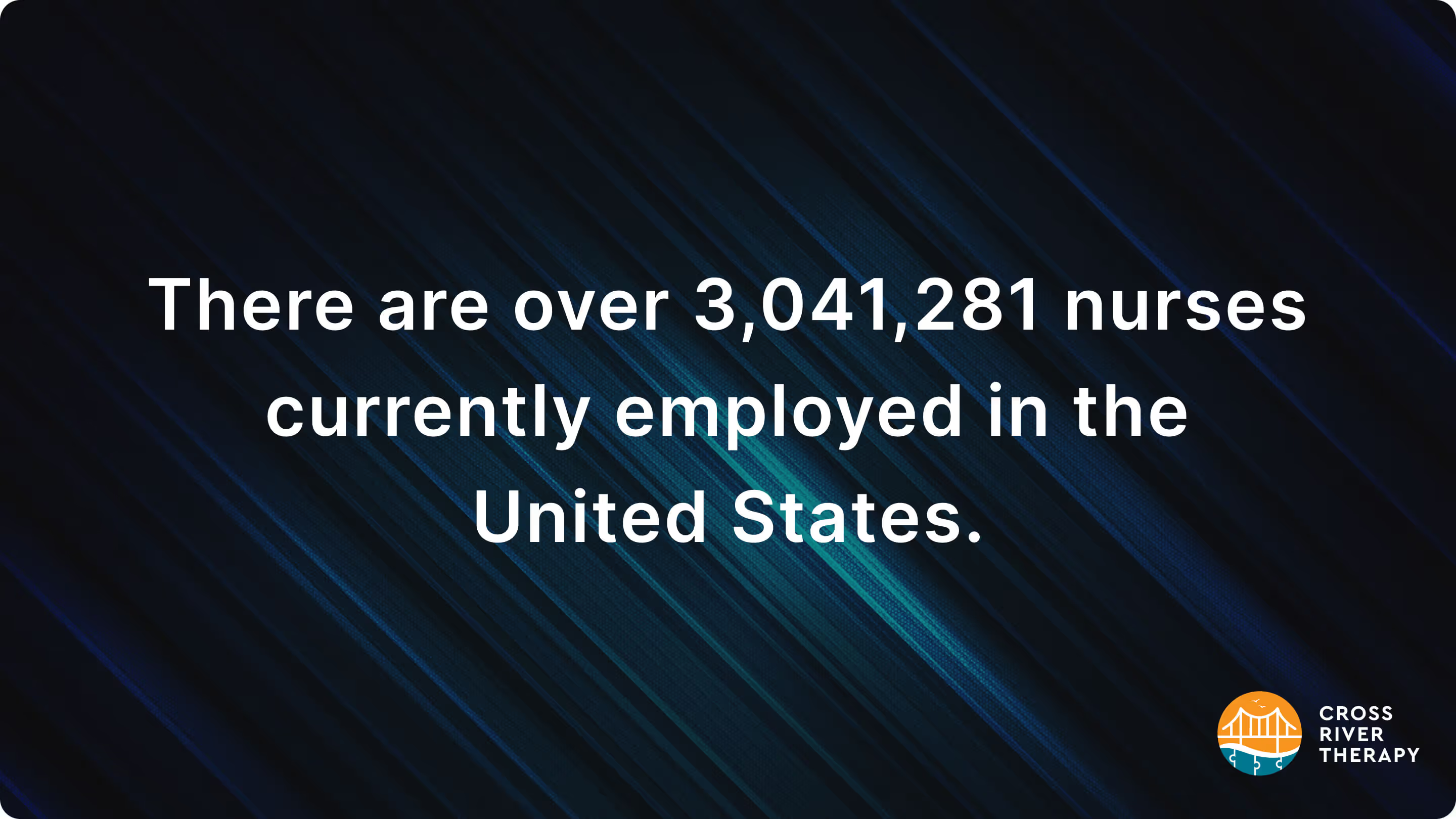
- There are over 3,041,281 nurses currently employed in the United States.
- There are 690,038 licensed practical nurses employed in America.
- Most registered nurses that are surveyed are 52 years old.
- Male nurses make up 9.2% of those employed, while women comprise an overwhelming majority of the rest.
- The percentage of nonwhite nurses has increased by at least 3% since 2005.
- The pace of registered nurses continues to grow by more than 5% every year, with no slowdown expected for the next 10 years.
- Nurse practitioner positions are increasing very fast, with an anticipated rate of growth of 45% by 2029.
- By 2030, employers of registered nurses are expected to create over 276,000 new positions.
- 114,900 new openings for employment are expected for nurse practitioners by the year 2030.
- Since early 2020, registered nurses have had a median salary of over $75,000.
- The job satisfaction rate for registered nurses is 81%.
Nurse Demographics

- African Americans make up 9.9% of the registered nurse employment population, though 8.3% are Asian, 1.3 mixed race, and 4.8% are Hispanic.

Nurse Race By Year
- Population-wise, 279,600 registered nurses identify as black, and 162,800 licensed practical nurses.
- 135,600 RNs are of Hispanic ethnicity, with 51,800 being LPNs throughout the country.
- 234,400 registered nurses identify as Asian, with 24,800 being licensed.
- 11,300 registered nurses identify as Native American or Alaskan Native, with 4,100 being licensed, practical nurses.
- The area with the largest minority group working as RNs is the Pacific, where 30.5% identify as an ethnicity that's classified as a minority.
- People of Asia ethnicity are dominant within the percentage of registered nurses, with 16% making up the total population in America. People of East Asian ethnicity are also more prevalent than groups in the mid-Atlantic and Middle East within the RN population.
- Black Americans make up a large percentage of people working in the southeast US, where they comprise 9.5 of RN employees. In the southwest, they make up 8.8% of the RNs.
- Between 2010 and 2019, the number of white RNs declined from 72.30% to 69.60%.
- The black American RN population remain at 11% between 2010 and 2019, with only a small fraction of a decline.
- The Asian population of RNs grew slightly from 2010 to 2019, starting from 7.05% and climbing to 7.87%.
- Hispanic RNs increased from 7.02% in 2010 to 8.78% in 2019.
- The highest salary earners among all ethnicities are Asian nurses, with black Americans having the lowest average salary, which is about $65,600.
- RNs of Asian or Pacific Islander ethnicity have a higher chance of going into a career with a bachelor's degree, with 69.6% of Asian nurses completing their four-year degrees before seeking out a job.
- While 13.4% of white RNs have a Master's or Doctorate, 14.6% of black Americans possess the same.
What Percent Of Nurses Are Male?
14% of all nurses are male, and 86% are women.
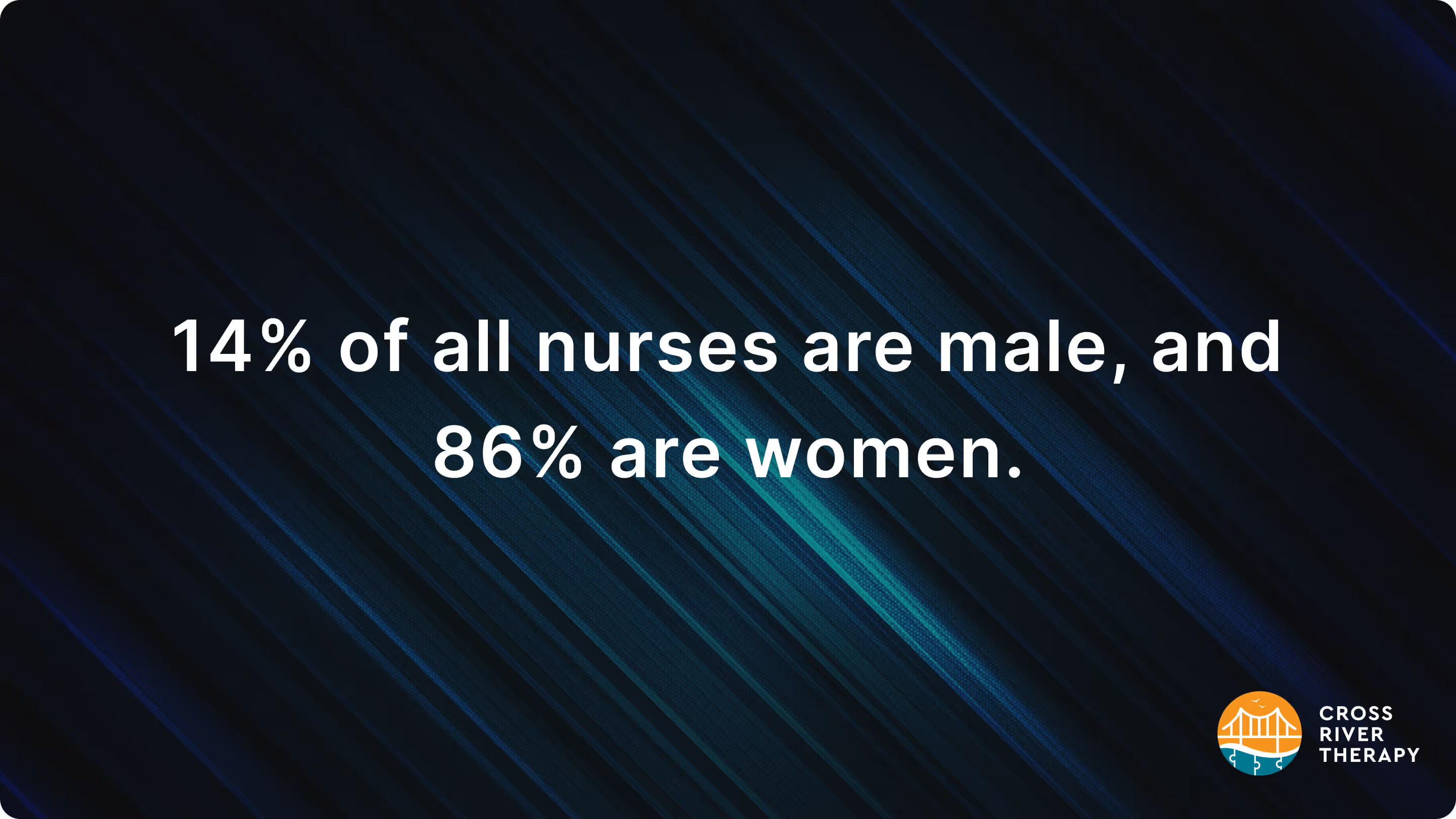
What Percent Of Nurses Are Female?
- Women comprise 86% of all nurses.
- Even while women make up a large majority of registered nurses, the salaries of some have been smaller than their male counterparts, even when employed in the same region.
- Women take in 95 cents of every dollar that's earned by men
- The average male income of a registered nurse is $71,323. For women, the average yearly income is $67,323.
Average Age Of Nurses
The average age of a registered nurse in the United States is 44, though this may change as the demand for nurses increases.

Most Common Races For Nurses
- The most common race for nurses is white, who make up 69.9% of the total number of those that are registered.
- African American or black registered nurses account for 11.4% of the total employed, with Hispanic or Latino comprising 8.8% of all nurses.
Demand For Nurses
- The demand for nurses in the United States is high in every state, but highest in the city in the Midwest, Nebraska in particular. As of now, there are hundreds of new job openings for registered nurse positions for those with both Associate, Bachelor, and Doctorate.
- Nurses have many career paths that they can take, one being a staff nurse, a registered nurse, or a licensed practical nurse.
- Nurses that get the highest amount of pay are anesthetist registered nurses, also called ARNs, which are highly sought after. They can earn as much as $181,040 a year, about $88.26 at an hourly rate.
Average Nurse Salary: How Much Nurses Make
- Women earn 95% of the salary that a male nurse earns, even while making up almost 90% of the nurse population.
- The average registered nurse makes $57,564 every year, which is $27.68 for those that are paid an hourly rate. Still, this isn't an entry-level salary, with many places having a starting pay that's significantly lower than the national average. At entry-level, registered nurses take in about $38,000 annually, though top earners can earn $86,000 a year.
- The location of RNs heavily determines the number of earnings that are paid. States with higher costs of living typically earn more than those where living costs are slightly cheaper.
- Nurses working for the government earn the highest salary, with some harboring lots of experience taking in close to $100,000.
- The highest yearly wage for nurses is those working in San Francisco, where the average is $81,015, more than anywhere else in America.
- One of the largest groups of employees is registered nurses, also one of the highest-paying jobs. 55% of nurses work in surgical and medical hospitals, taking in an average salary of $77,600 a year.
- $67,930 is the yearly salary for a registered nurse that works full-time.
- $42,400 is the average annual salary for a licensed practical nurse.
- $61,706 is the yearly salary for the average staff nurse.
- Most nurses holding a Master's or Bachelor's degree take in about $83,000 every year.
- There are many variables between salaries based on the location of a registered nurse, though the median income for the position is $75,000.
- Nurse practitioners earn one of the highest salaries, taking in a median wage of over $110,000, based on early 2020 data.
Nurse Job Satisfaction

- The job satisfaction rate for registered nurses is 81%.
- 50% of RNs claimed to be extremely satisfied with the jobs they have, while 10% admitted to being neither dissatisfied nor satisfied with their employment.
- Only 5% of registered nurses claimed to be extremely dissatisfied with the work they're doing.
Sources
- https://onlinenursing.cn.edu/news/nursing-by-the-numbers
- https://www.usa.edu/blog/nursing-statistics/
- https://www.zippia.com/nurse-jobs/demographics/
- https://www.bls.gov/ooh/healthcare/registered-nurses.htm
- https://www.aacnnursing.org/news-Information/fact-sheets/nursing-fact-sheet
- https://minoritynurse.com/nursing-statistics/
Recent News
Related articles
.avif)
100+ YouTube Statistics, Facts & Demographics
In 2023, YouTube has over 2.5 billion monthly active users.

39 Teacher Statistics And Demographics
Find the most up-to-date teacher demographics and statistics that'll surprise you.
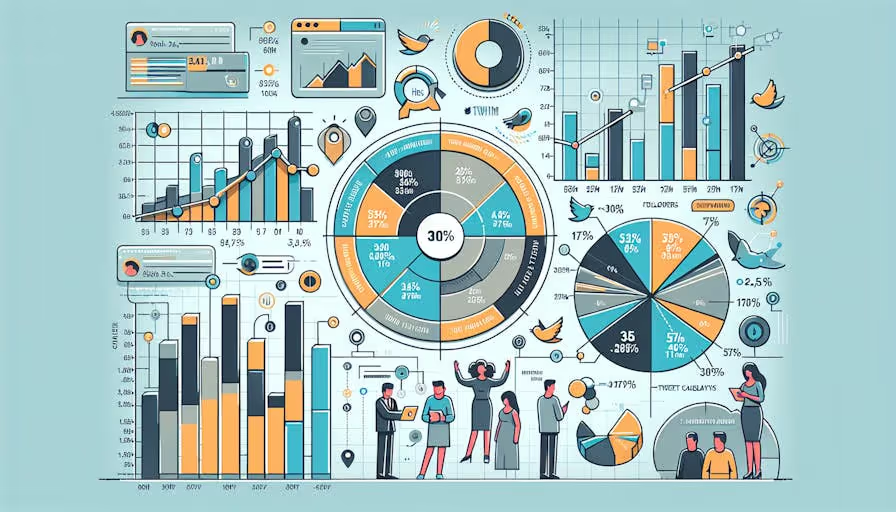
Twitter Statistics for Social Media Enthusiasts [2024]
Explore compelling twitter statistics, user demographics, content engagement, and future predictions.
.avif)
89 TikTok Statistics, Facts & User Demographics
New TikTok statistics show that TikTok has quickly become one of the most popular social media platforms, with users spending an average of 52 minutes per day scrolling through videos.
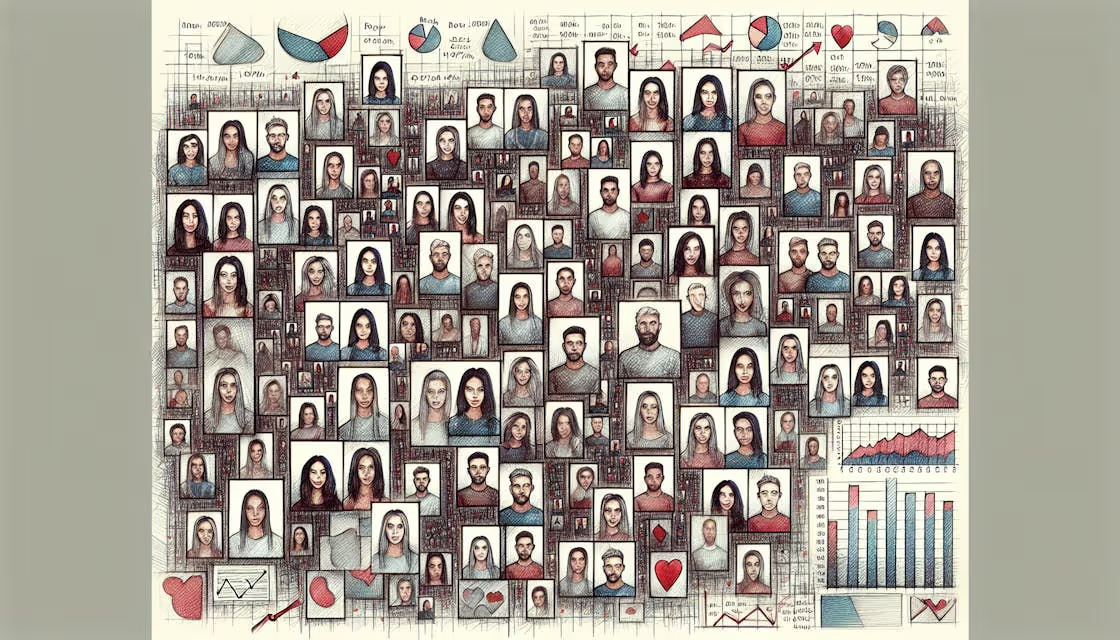
Key Tinder Statistics You Need to Know
Dive into the world of Tinder statistics - revealing insights on user demographics, engagement, and global trends.
.avif)
49 Telehealth Statistics & Telemedicine Trends
Telehealth statistics show that the use of virtual care is 38 times higher than before the COVID-19 pandemic.

Teacher Salary By State: Highest-Paid Teachers By State
Today we'll breakdown a teacher's salary by state, as well as the highest-paid teachers by state.

121 Social Media Addiction Statistics Worldwide
Did you know that around 70% of teens and young adults in the US have a social media addiction?

57 Scholarship Statistics, Facts & Demographics
Did you know over 1.7 million scholarships are awarded annually? Keep reading to find more scholarship statistics.

Average Screen Time Statistics & Facts (Usage)
Did you know people spend 6 hours 58 minutes on screens everyday? Find more screen time statistics below.
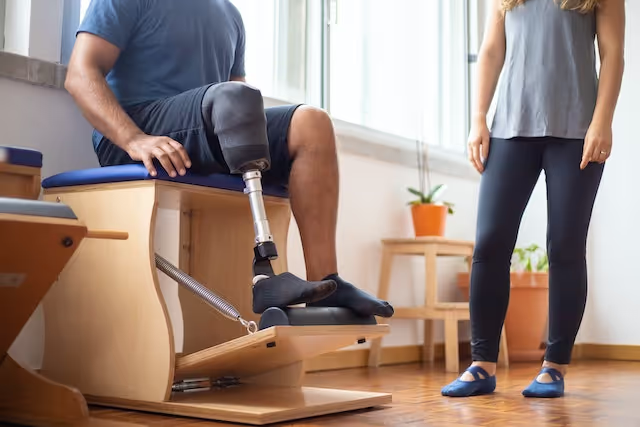
59 Physical Therapy Statistics, Facts & Demographics
There are 578,565 people employed in the physical therapy industry in the US as of 2022. Find more physical therapy statistics and facts below.

Spotify Statistics: 79+ Intriguing Consumption Statistics in Music
Dive into the evolution of music with intriguing Spotify statistics; from user engagement to financial performance.

